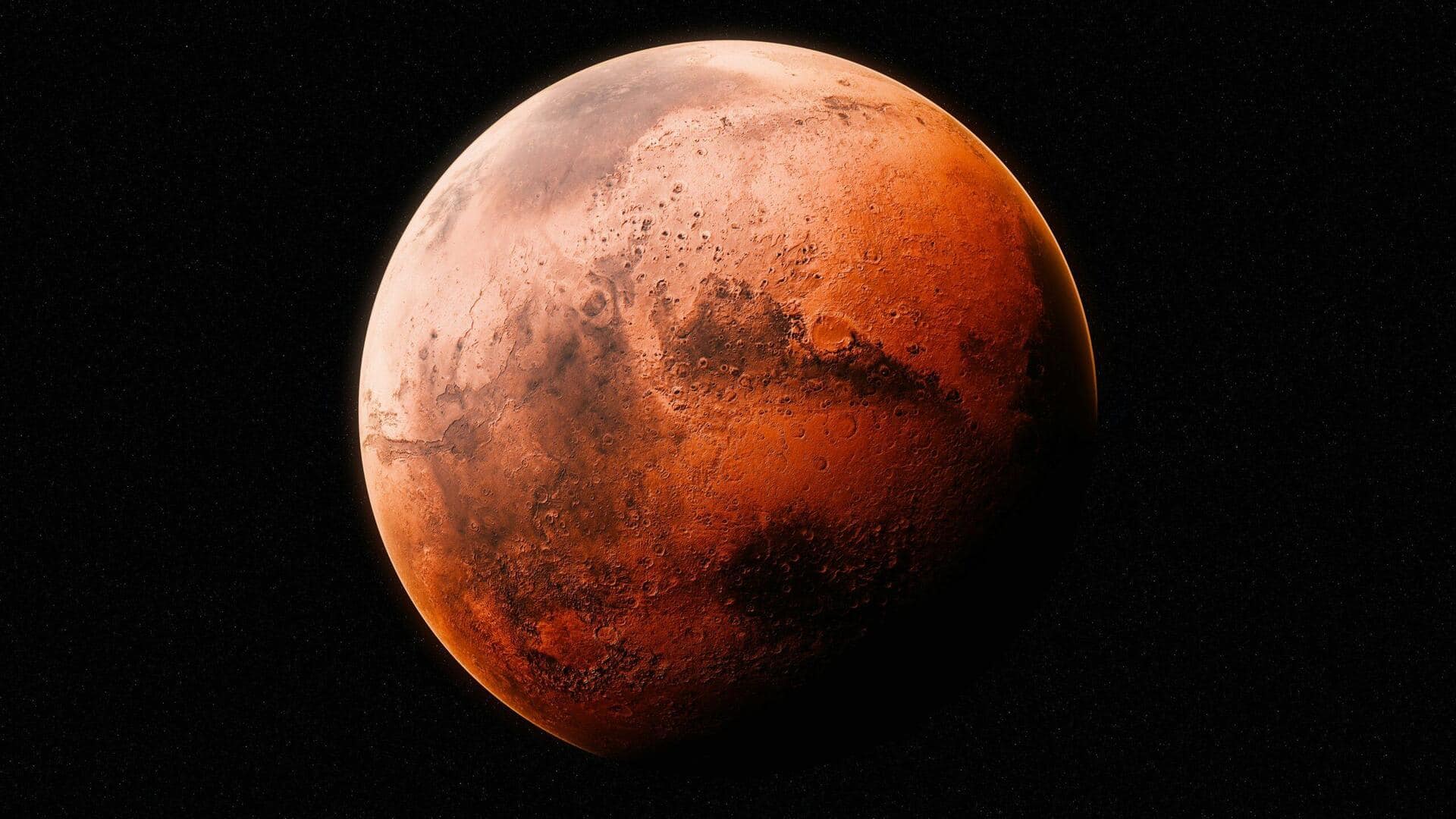
Mars might not have flowing water after all
What's the story
A recent study led by planetary scientists from Brown University and the University of Bern, has challenged the long-held belief that certain streaks on Mars are indicators of liquid water flow. The researchers used advanced machine learning techniques to analyze a vast dataset of these slope streak features. The findings suggest an alternative explanation for these Martian anomalies: a dry process related to wind and dust activity.
Analysis
A mystery since the 1970s
The weird streaks on Mars were first spotted in photos from NASA's Viking mission in the 1970s. The features, darker than the surrounding terrain, can extend for hundreds of meters down sloped terrains. Some last for years or decades while others come and go more quickly. The shorter-lived features called recurring slope lineae (RSL), appear in the same locations during warm periods of the Martian year.
Research findings
Study rules out water as a factor
The study, published in Nature Communications, found no evidence of water in the Martian streaks. "Our model favors dry formation processes," said Adomas Valantinas, a postdoctoral researcher at Brown University and co-author of the study. The research employed machine learning to create a global map of slope streaks on Mars with over 500,000 features, by scanning more than 86,000 high-resolution satellite images.
Data correlation
Streaks linked to wind speed and dust deposition
The global map of slope streaks was compared with databases and catalogs of other factors like temperature, wind speed, hydration, and rock slide activity among others. The geostatistical analysis revealed that both slope streaks and RSLs are more likely to form in places with above-average wind speed and dust deposition. "This points toward a dry origin," said Valentin Bickel, a postdoctoral researcher at Brown University who co-authored the study.
Exploration
Implications for future Mars exploration
The study's findings have major implications for future Mars exploration. While potentially habitable environments may appear to be perfect exploration targets, NASA would prefer to keep its distance due to contamination risks. "It helps us to rule out some hypotheses from orbit before we send spacecraft to explore," said Valantinas, hinting that the contamination risk at slope streak sites isn't much of a concern.